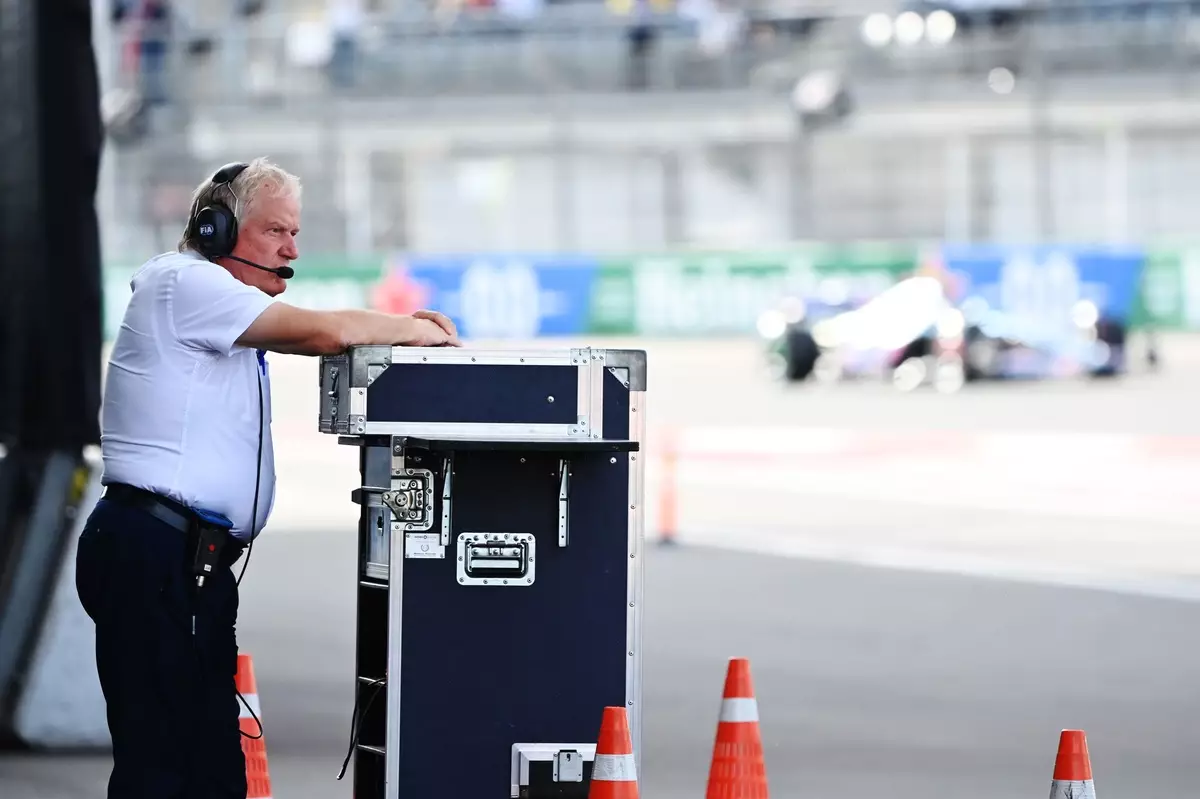As the world of Formula 1 accelerates into its final phases for the season, a shadow of suspicion looms over the sport surrounding possible technical maneuvering related to car ride height adjustments. Recent whispers have reached the ears of the Fédération Internationale de l’Automobile (FIA), the governing body of motorsport, prompting immediate measures to be instated during this weekend’s United States Grand Prix. This article explores the implications of these concerns and the regulatory responses stemming from them.
Sources have suggested that one or more teams may have ingeniously engineered a method to modify the ride height of their cars from qualifying to the race under parc ferme conditions. Specifically, the issue revolves around the clearance of the front bib, a crucial aerodynamic element that could significantly influence the car’s performance on track. By potentially modifying this element, teams could optimize their cars for varying weight conditions: lighter for a qualifying lap and heavier for the race itself.
The implications of such alterations raise serious questions regarding the integrity of competitive fairness within Formula 1. Indeed, if a team successfully executes this adjustment and goes undetected, it would not only confer an unfair advantage but would also set a troubling precedent for future compliance with technical regulations.
The crux of the issue lies within Article 40 of the FIA’s Technical Regulations, which explicitly prohibits any adjustments to a car’s aerodynamic features once it has entered parc ferme. The only exception acknowledged pertains to the front wing; thus, any modification, including those relating to the front bib, is unequivocally banned. The regulations further stipulate that any changes must be evidently unmodifiable without specialized tools, reducing the likelihood of clandestine tweaks.
Despite these stringent measures, the fear remains that a team may have found a clever loophole, allowing them to alter the bib’s position using in-cockpit adjustments. This scenario could have serious ramifications, prompting the FIA to take a more proactive stance in combatting potential breaches.
In light of the mounting concerns, the FIA has swiftly moved to bolster its oversight mechanisms in Austin. Though not yet substantiated by any concrete evidence of foul play, the governing body has emphasized its commitment to maintaining fairness and integrity within the sport. Officials are set to implement stricter inspections of vehicle components, particularly focusing on the front bib.
The FIA’s spokesman acknowledged the challenges inherent in upholding these regulations and stressed the importance of vigilance. By proposing additional measures, such as seals on adjustable devices, the organization aims to reinforce compliance while simultaneously appeasing worried teams. This proactive approach is consistent with the FIA’s larger mandate to preserve competitive equity and maintain trust in the sport.
This unfolding situation has broader implications for the entire F1 community, particularly as the stakes ramp up with only six races remaining this season. Should evidence of manipulation come to light, it would likely incite a wave of scrutiny over technical innovations and compliance practices among all teams. Such scrutiny could lead to an environment where skepticism and paranoia overshadow the excitement of racing, creating a culture of compliance that may stifle innovation.
The issue of fair play within motorsport has long been a contentious debate. The challenge lies in balancing the boundary between innovation and regulation, fostering an environment where teams can pursue cutting-edge advancements while adhering strictly to the rules.
As preparations unfold for the United States Grand Prix, the attention to detail regarding car configurations will be paramount. Given the high-stakes atmosphere, ongoing vigilance and adaptation of regulations are essential to ensure no team gains an undue competitive advantage. The FIA’s decisive response must act as a deterrent, ensuring that all participants recognize the need for integrity within the sport. Ultimately, the future of Formula 1 depends on its ability to maintain the thrilling balance of fierce competition and unwavering fairness, a commitment that all stakeholders must uphold.


Leave a Reply